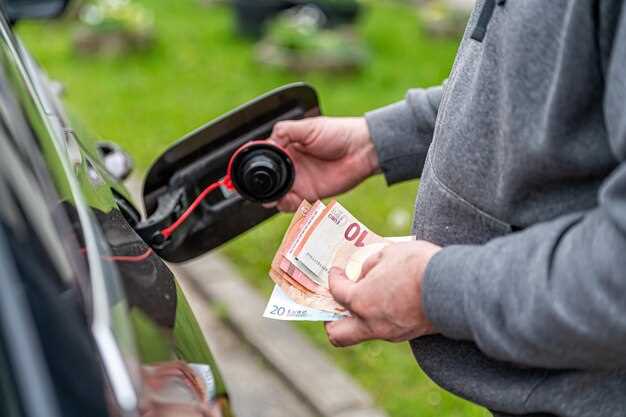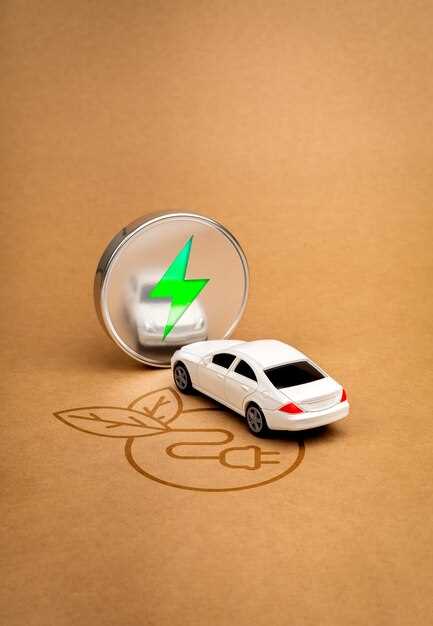
Electric vehicles (EVs) are making headlines for their environmental benefits and cost efficiency. However, the rise of electric salvage cars raises important questions about their risks and associated costs. A salvage car is typically one that has been damaged, declared a total loss by an insurance company, and subsequently sold for repair or parts. While the allure of a low-cost electric salvage vehicle can be tempting, potential buyers must understand the hidden challenges that come with these cars.
One primary concern with electric salvage cars is their battery condition. Unlike traditional vehicles, EVs rely heavily on advanced battery systems, which can be expensive to replace or repair. Damage to the battery can render a salvage electric car potentially unsafe or non-operational, leading to additional costs that exceed the initial savings from the purchase price. It is vital to have a thorough evaluation of the battery system before committing to buying a salvage vehicle.
Moreover, the overall repairability of electric salvage cars can be questionable. Parts for these vehicles may not be as readily available as those for conventional cars, complicating the restoration process. Additionally, the resale value of electric salvage cars often does not reflect the investment made in repairs, further influencing a buyer’s decision. Understanding these risks and financial implications is essential for anyone considering entering the market for electric salvage vehicles.
Assessing the Financial Implications of EV Salvage Purchases

When considering the acquisition of an electric vehicle (EV) from salvage, it is crucial to evaluate the financial implications involved. Salvage cars, often deemed total losses due to accidents or other damages, can present significant cost-saving opportunities but also come with hidden risks.
One of the primary concerns relates to the battery system of the EV. The battery is not only the most expensive component but also a critical factor in the vehicle’s overall performance. Depending on the extent of damage, a salvage EV may require a replacement battery, which can cost thousands of dollars. Proper assessment of the battery’s condition before purchase is vital, as a compromised battery can lead to additional expenses for repairs or replacements shortly after acquisition.
Moreover, potential buyers should consider the salvage title implications. Vehicles with a salvage title often face restrictions in insurability and resale value. Insurance companies might offer limited coverage or higher premiums, significantly affecting the long-term financial viability of owning such a vehicle. Understanding how a salvage title impacts future transactions is essential for anyone looking to invest in an EV with a salvage history.
Additionally, calculating potential costs for repairs, parts replacement, and any modifications required to meet local regulations can further complicate the financial landscape of purchasing a salvage EV. A thorough inspection by a qualified technician can help identify hidden damages that might not be immediately apparent.
In conclusion, while electric salvage cars may provide attractive price points, a comprehensive analysis of all financial aspects is necessary. Buyers must weigh the risks associated with the battery condition, salvage title, and potential repair expenses against the benefits of acquiring a salvage EV.
Evaluating Battery Replacement Costs and Challenges
When considering the purchase of electric salvage cars, one of the most significant factors to evaluate is battery replacement costs. Electric vehicle batteries are not only expensive but also represent a critical component of the car’s overall value and functionality. A typical replacement battery can range from $5,000 to $15,000 depending on the vehicle model and battery size. This cost can significantly impact the total expense of ownership for salvage cars, which are often already compromised in terms of structural integrity, resale value, and performance.
Furthermore, the challenges associated with battery replacement cannot be overlooked. Sourcing a compatible battery for a salvage vehicle can be difficult, especially if the model is discontinued or rare. In some cases, dealers may not provide batteries for older models, forcing owners to seek second-hand options or aftermarket products that may not meet original specifications. This could lead to additional expenses in terms of maintenance and installation, as well as potential issues with warranty coverage.
The complexity of handling electric vehicle batteries also poses safety concerns. Proper training and equipment are necessary for technicians to replace these batteries safely. Mishandling during the replacement process can lead to injuries or damage to the vehicle. Moreover, battery disposal regulations must be adhered to, as these components contain hazardous materials that require special handling.
In conclusion, evaluating battery replacement costs and challenges is crucial when contemplating the purchase of electric salvage cars. Understanding the financial implications and the potential hurdles of sourcing and installing a new battery will better prepare buyers for the responsibilities associated with owning a salvage electric vehicle.
Identifying Safety Risks and Regulations for Restoring Salvage EVs

Restoring salvage electric vehicles (EVs) involves a range of safety risks and regulatory considerations. One of the primary concerns is the integrity and condition of the battery. Salvaged EVs may have suffered from water damage, physical impacts, or other issues that compromise the battery‘s performance and safety. It is essential to conduct thorough inspections to identify any signs of swelling, leakage, or corrosion, which could lead to dangerous situations if not addressed properly.
Battery management systems (BMS) in salvage EVs must also be evaluated carefully. A malfunctioning BMS can fail to regulate the charge and discharge cycles, resulting in overheating or potential fires. Restoration efforts should include updating the BMS software or replacing it altogether to ensure optimal functionality and safety.
Compliance with local and national regulations is critical during the restoration of salvage EVs. Many jurisdictions require that certain standards be met, including proper disposal of damaged batteries. Recycling programs must be navigated in accordance with hazardous waste regulations to prevent environmental damage. Moreover, restoring a salvage EV typically necessitates certification from authorized bodies, confirming that the vehicle meets safety and operational standards before it can return to the road.
Finally, it is advisable to consult with professionals experienced in the restoration of salvage EVs. They will be well-versed in the specific risks associated with electric vehicles and can provide guidance on any additional safety measures needed. Proper caution and adherence to regulations can significantly mitigate risks, making the restoration process both safe and successful.
